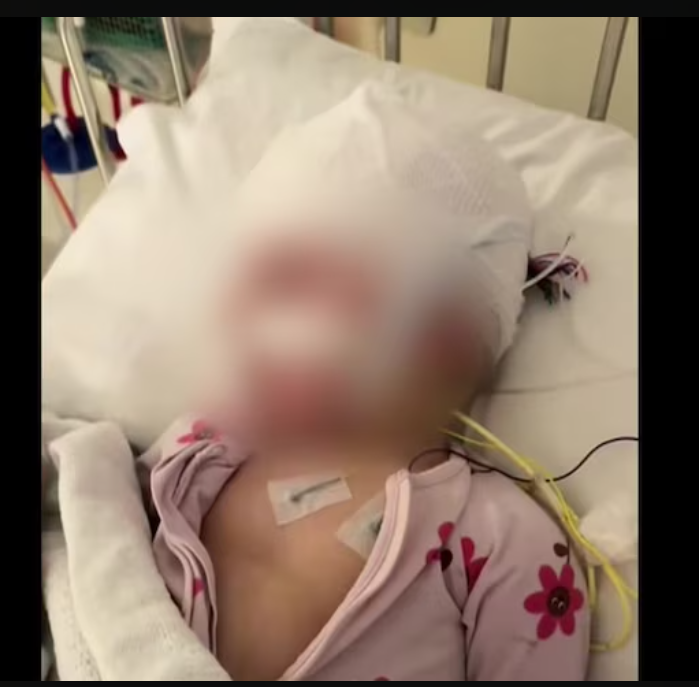In a shocking case that has captured global attention, a 34-year-old Australian influencer from Queensland has been charged with poisoning her one-year-old daughter to gain social media followers and solicit donations. The disturbing allegations have sparked widespread outrage and raised important questions about the ethical boundaries of online content creation.
The Allegations
According to Queensland Police, the influencer allegedly administered unauthorized prescription and over-the-counter medications to her infant between August and October 2024. These actions reportedly caused the child immense physical and emotional distress, which the mother filmed and posted on social media.
The videos portrayed the baby as severely ill, eliciting sympathy from viewers and resulting in donations of approximately $60,000 AUD (around $37,500 USD) through online platforms like GoFundMe.
Medical staff at a Brisbane hospital raised concerns in October 2024 when the child was admitted with severe symptoms. Subsequent investigations revealed traces of unauthorized substances in the infant’s system. Police allege that the mother deliberately ignored medical advice and even used leftover medications prescribed to another household member to exacerbate her child’s condition.
Charges Filed
The influencer now faces multiple charges, including:
- Five counts of administering poison with intent to harm.
- Three counts of preparation to commit crimes involving dangerous substances.
- One count each of torture, producing child exploitation material, and fraud.
Detective Inspector Paul Dalton expressed his disgust at the case during a press briefing, stating, “There is no excuse for harming a child, especially not a one-year-old infant who is reliant on others for care and survival.” He assured the public that the child is now safe and recovering well under protective care.
A Calculated Scheme
Authorities allege that the woman carefully planned her actions to maximize sympathy and financial gain. She reportedly went to great lengths to acquire unauthorized medications and conceal her activities from medical professionals.
By posting videos of her daughter in visible distress, she successfully manipulated viewers into donating money while boosting her social media following.
GoFundMe has since confirmed that it is working to refund all donations made to the woman’s campaign. The platform emphasized its commitment to ensuring funds are used appropriately and pledged full cooperation with law enforcement.
Public Outrage
The case has ignited widespread condemnation both in Australia and internationally. Many have expressed disbelief that a mother could exploit her own child for personal gain. Social media platforms have become flooded with calls for stricter regulations on crowdfunding campaigns and greater accountability for influencers who misuse their platforms.
Child advocacy groups have also weighed in, urging parents and caregivers to prioritize the well-being of children over any potential financial or social benefits. “This case is a tragic reminder of how vulnerable children can be,” said one representative from a child protection organization.
Legal Proceedings
The accused appeared in Brisbane Magistrates Court on January 17, 2025. During the hearing, prosecutors detailed how the mother allegedly disregarded medical advice and continued administering harmful substances to her daughter.
The court also heard that the child had been diagnosed with tuberous sclerosis, a rare genetic disorder that causes benign tumors, which may have been exploited by the mother as part of her scheme.
The woman’s next court appearance is scheduled for later this year as investigations continue.
https://twitter.com/i/status/1879796343725572547
Lessons Learned
This case serves as a grim reminder of how far some individuals are willing to go for online fame and financial gain. It highlights the darker side of social media, where ethical boundaries can be blurred in pursuit of likes, followers, and monetary rewards.
Platforms like GoFundMe are now under increased scrutiny, with many calling for stricter vetting processes to prevent similar abuses in the future.
Conclusion
While justice is being pursued for this heinous act, it’s clear that society must do more to protect vulnerable children from exploitation—both online and offline. This case underscores the importance of vigilance by medical professionals, law enforcement agencies, and social media platforms in identifying and addressing such abuses swiftly.

